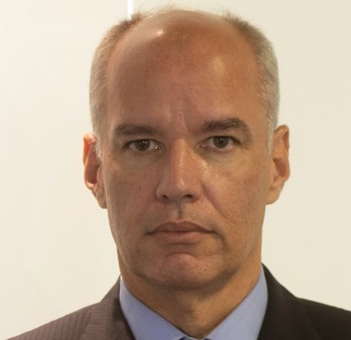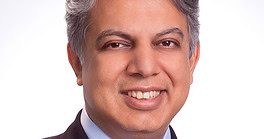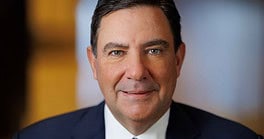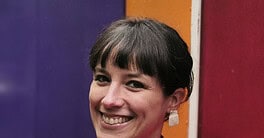Marcelo Cavalcante, vice president of Banco do Brasil, discusses Brazil’s digitalization and the nation’s agricultural boom.

Global Finance: Brazil has the highest financial digitalization in Latin America and is a known hub for innovation. How do you compete in that environment?
Marcelo Cavalcante: It’s a matter of culture. We have been pioneers in many innovation movements throughout the years. We were the first Brazilian bank to operate online, in 1982. From that point on, we maintained a leading position, pioneering in the digital-banking and customer-service spaces with breakthrough internet and cellphone apps. Our app is currently one of the best-rated in the country.
The innovation culture is transmitted through employees from generation to generation. At the same, we cultivate the bank’s culture through a close and healthy relationship with many sources of innovation, such as universities, fintechs and other companies.
GF: How does Banco do Brasil partner with fintechs?
Cavalcante: We maintained several partnerships within the fintech sector throughout the years, in which the most significant beneficiary has been the customer. Today, we work hard to identify emerging new technologies through “Lentes BB,” an initiative that aims to apply emerging digital financial technologies to new business models. We execute the program through labs where we gather entrepreneurship, empowerment and technology—always with the support of partners such as startups, universities or other corporations specializing in the approached subject or technology.
Our first lab focuses on blockchain technology. However, this is just the beginning of the movement, and we are confident that many other technologies will follow.
GF: Brazil has benefited from the global agricultural boom. How is Banco do Brasil stepping up to serve this sector?
Cavalcante: We are the largest partner of Brazilian agribusiness, offering around $30 billion a year to producers and propelling the most prominent sector of our economy. Our project, Mapiá, is an exciting initiative with immense potential for helping our rural producers. However, it is part of an even bigger project, the Broto platform. In the latter, we offer producers a complete store with machines, energy supplies, irrigation and storage, services and technology for precision agriculture—all of that through a digital channel with straightforward access to credit from our bank. Furthermore, the rural producer can also find enhanced credit options for production or machinery through our regular app.
GF: Can Mapiá help improve agribusiness efficiency in the long run?
Cavalcante: Our agribusiness is one of the most efficient globally, thus its success. We are among the largest agricultural producers, feeding around 10% of the world’s population. At the same time, Brazilian banks comprise the economic sector that invests the most in innovation.
Mapiá is a consequence of this conjuncture of factors and, yes, will help drive efficiency in both Brazilian agribusiness and Banco do Brasil’s processes as it gathers pace through large-scale adoption.
GF: Does investing in farm efficiency also mean investing in sustainability?
Cavalcante: Sustainability is the central premise Banco do Brasil’s rural credit policy. For example, Lentes BB does not finance agricultural production that isn’t 100% adherent to our sustainable-agriculture norms, based on the world’s most accepted agreements. Technology is a great partner in creating a simple and agile environment that allows Brazilian agribusiness to act efficiently according to the world’s latest norms and agreements, which are essential to the world’s preservation.
GF: How do you deploy new technology while maintaining a personal?
Cavalcante: AI allows us to serve our 60 million customers in a customized and—as contradictory as it may seem—humanized way. In the past 20 years, Banco do Brasil jumped from 10 million to 60 million customers, and that was only possible due to our robust IT structure and our improved self-service structure. AI today is central in our plans to extend growth while providing our customers with individualized support for their banking needs.
GF: Does innovation diminish risk?
Cavalcante: Not taking risks is the riskiest option on the table. If you don’t take chances, you don’t innovate, thus losing the possibility of transforming the environment around you. Banking activity is inherently risky. However, a bank’s ability to quantify activity risks makes it efficient. On the other hand, innovation risks go far beyond banking risks because they are the most significant differentiator for customer experience.



